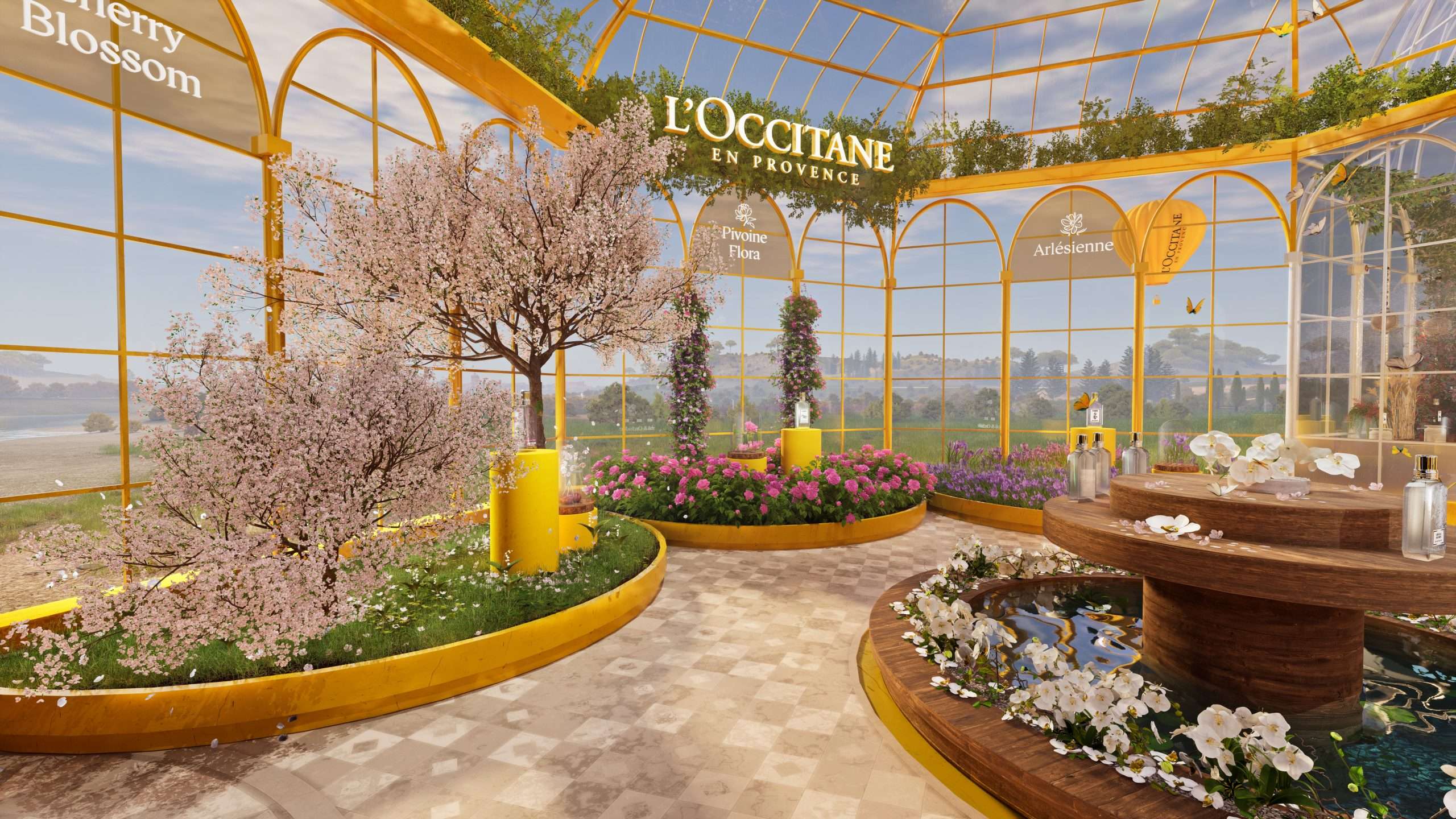Before it was an art museum, the historical building housed the patent office for the United States, where ingenuity was celebrated and knowledge shared through the display of thousands of patent models. Known as a “temple of invention,” it was a place for ideas and exploration, creativity and change.
“The Smithsonian American Art Museum is delighted to present the latest in AR technology that allows visitors to experience history in a new way in its Luce Foundation Center, a space where we pilot innovative programs and new approaches to audience engagement,” said Jane Carpenter-Rock, deputy director for museum content and outreach at the Smithsonian American Art Museum. “It is particularly fitting to see this technology used in SAAM’s historical building, which, as the patent office, was the heart of America’s early drive to inspire innovation, displaying models for inventions like the light bulb and the telephone.”
Through this AR game, produced by Smartify and supported by AT&T, visitors will meet some of the fascinating people—including inventors, soldiers, poets, artists and architects—who walked the halls and experience key moments such as Clara Barton tending to wounded Civil War soldiers, President Abraham Lincoln’s raucous second inaugural ball and a disastrous fire in 1877 that destroyed thousands of patent models.
The Temple of Invention Augmented Reality Experience is recommended for families and elementary school-age children. It is available Thursday, April 18 through Thursday, May 16, from noon to 5 p.m. on selected days. The experience is free and registration is encouraged; walk-ins welcome on a limited, first-come, first-served basis.
About the Historic Patent Office Building
On July 4, 1836, President Andrew Jackson authorized the construction of a patent office building in Washington, D.C. It is the third oldest federal building in the city, and was designed to celebrate American invention, technical ingenuity and the scientific advancements that the patent process represents. In 1840, the Patent Office moved into the south wing of what is now the Smithsonian American Art Museum’s historical main building. Patent law in the United States in the 19th century required the submission and public display of a model with each patent application. These scale models in miniature illustrate not only the imaginative fervor of the era but also the amazing craftsmanship required to fabricate these often-intricate works of art. Many of the models were constructed by specialized makers in workshops located near the Patent Office. When the building was completed in 1868, about 200,000 models were displayed in cases 9 feet high in the grand galleries on the third floor.
To learn more about the museum’s National Historic Landmark building, listen to the audio guide or purchase Temple of Invention: History of a National Landmark by Charles J. Robertson and published by the Smithsonian American Art Museum.
This article was originally published by Smithsonian. Read the original article here.



